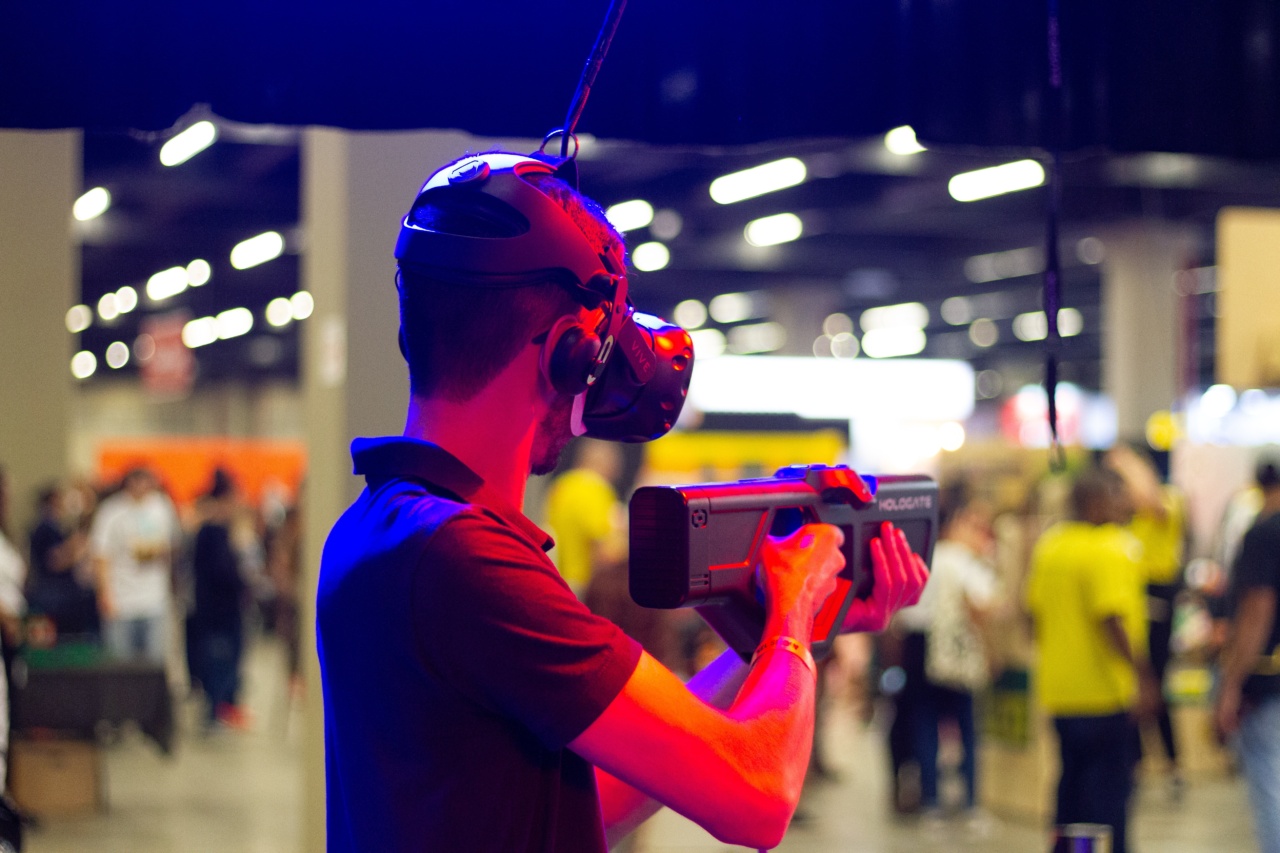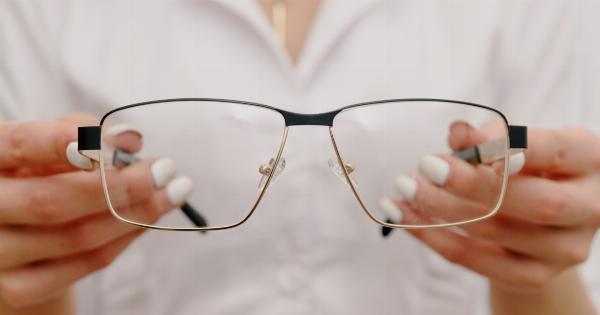Glaucoma is a progressive eye disease that damages the optic nerve and can lead to vision loss or even blindness. It’s particularly dangerous because it often has no noticeable symptoms until significant vision loss has already occurred.
Therefore, it’s crucial to detect and treat glaucoma early to prevent vision loss.
Fortunately, there are many diagnostic tools available to detect glaucoma. In this article, we’ll discuss one of the most innovative and exciting tools: the glaucoma vision simulator.
We’ll explain how it works and how it can help patients and doctors alike better understand the impact of glaucoma on their vision.
What is a Glaucoma Vision Simulator?
A glaucoma vision simulator is a device that simulates how the world looks to someone with different stages of glaucoma.
It’s a powerful tool because it can help patients and doctors understand the vision changes that occur as the disease progresses.
The simulator works by using computer software and a video projector to alter the brightness, contrast, and sensitivity of specific parts of the visual field.
By changing these parameters, the simulator can reproduce the typical visual defects caused by glaucoma, such as decreased peripheral vision and visual acuity.
How Can the Simulator Help Patients?
For patients with glaucoma, the vision simulator can be incredibly helpful because it allows them to see and understand the impact of their disease on their vision.
It’s an interactive and immersive experience that can be very eye-opening (pun intended) as it may reveal changes in their vision that they haven’t noticed yet.
Moreover, the simulator can educate patients on the potential effects of glaucoma if left untreated.
By seeing the progressive loss of vision and the potential consequences, patients may be more motivated to consistently attend medical appointments and adhere to their treatment plans.
How Can the Simulator Help Doctors?
For doctors, the vision simulator is a powerful educational tool that can help them objectively measure the severity of a patient’s glaucoma.
By comparing simulated and real-world visual fields, doctors can better understand the progression of glaucoma and determine the best course of action.
Furthermore, the simulator’s visual output can also help doctors explain glaucoma to patients more effectively.
They can show patients precisely what part of their visual field is affected by glaucoma, how much it covers, and how it will change over time with treatment or lack thereof.
How Does the Simulator Work?
To simulate glaucoma, the vision simulator adjusts the image projected onto a screen or wall, changing the brightness, contrast, and sensitivity of specific parts of the visual field.
The simulator can mimic the various stages and types of glaucoma, such as open-angle glaucoma, angle-closure glaucoma, and even differentiate between different types of nerve damage.
Simulated visual fields can be displayed in different ways, depending on the type of instrument and software being used.
Some simulators show visual fields in 2D, while others use more immersive 3D displays that allow patients to see how their vision is affected as they move their head and eyes. Some of these simulated visual fields can even be customized so that patients can access immersive experiences like driving, walking, or reading.
What are the Limitations of the Simulator?
Like any medical tool, the glaucoma vision simulator has its limitations and may not be an accurate depiction of every patient’s experience.
For example, some patients may have additional eye conditions that affect their vision, which the simulator cannot account for. Also, the simulator cannot recreate the exact same type of visual field defects that a patient with glaucoma experiences because it is a simulated experience, and everyone’s vision loss is unique.
Despite these limitations, the simulator remains a valuable tool for educating patients and doctors on glaucoma and simulating common types of vision loss caused by glaucoma.
Conclusion
The glaucoma vision simulator is a valuable tool that can help patients and doctors understand the impact of glaucoma on vision.
By leveraging computer software and projectors, it can replicate the visual field defects often experienced by people with glaucoma, providing insight into how the disease progresses.
While the simulator cannot replicate every patient’s unique experience, it is an educational and immersive experience that can benefit both patients and doctors.
By becoming more familiar with the disease, patients can track their changes better, reduce anxiety and better understand how it affects their vision.






























